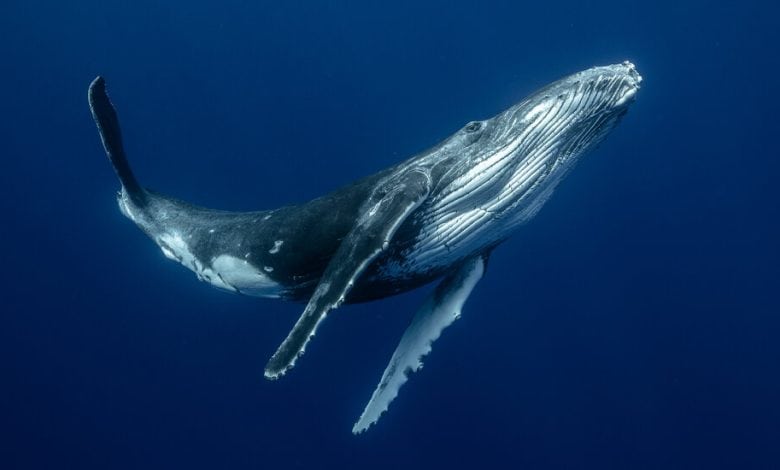These Whales Still Use Their Vocal Cords. But How?

People have told stories of strange underwater sounds for thousands of years, but it took until the mid-20th century for scientists to pinpoint one of the causes: whales, singing and whistling and squeaking in the blue.
The means by which some whales make these sounds has remained a mystery. A study published Wednesday in the journal Nature puts forth a new explanation, discovered thanks to a contraption that forced air through the voice boxes of three dead whales.
The voice box, or larynx, is an ancient organ. “It evolved when fish crawled out of the sea and animals needed a way to separate the air they’re breathing from the food they’re taking in,” said Coen Elemans, an author of the study and a professor of biology at the University of Southern Denmark.
The larynx functions like an antechamber to the windpipe, or trachea, with a flap of tissue called the epiglottis keeping food and drink from falling down the windpipe. A bit below the epiglottis, mammals have evolved additional folds of tissue, called vocal cords or vocal folds, which produce sounds when air exhaled from the lungs causes them to vibrate.
When the land-dwelling ancestors of whales returned to life in the sea, “they basically had to change the larynx, because when these animals are breathing on the surface, they need to expel lots of air really fast,” Dr. Elemans said. Vocal folds like those of land mammals could get in the way.

A view into the larynx of a humpback whale during the experiments. In the circle at left, the fatty cushion is at top, and at right and left are the vocal folds. Air forced between the folds and the cushion can produce sound.CreditCredit…Coen P.H. Elemans, University of Southern Denmark